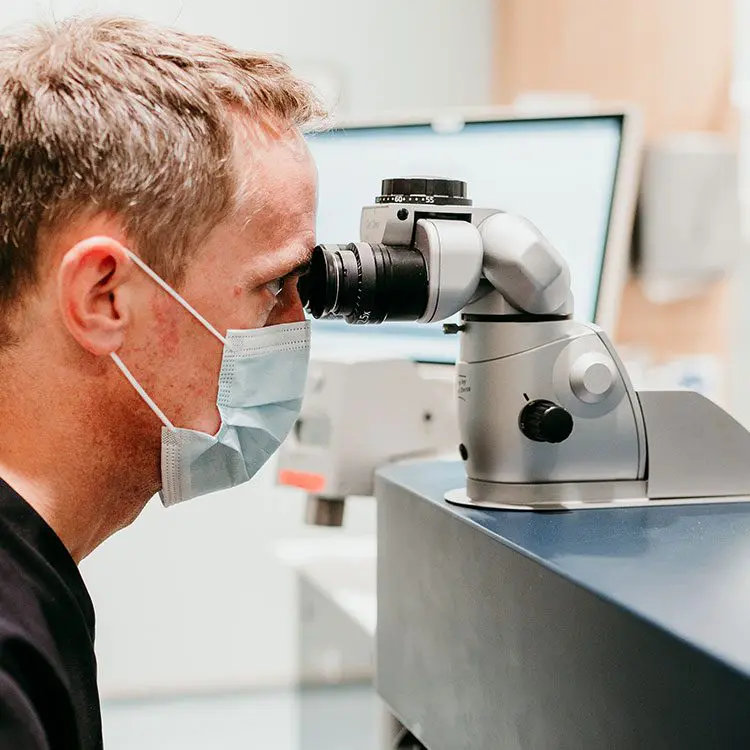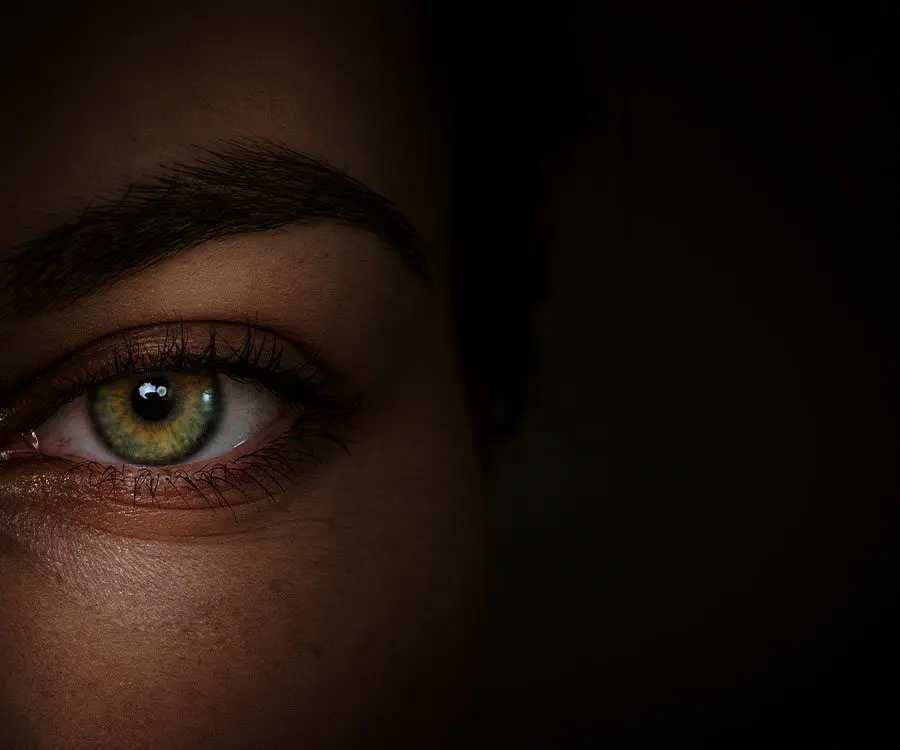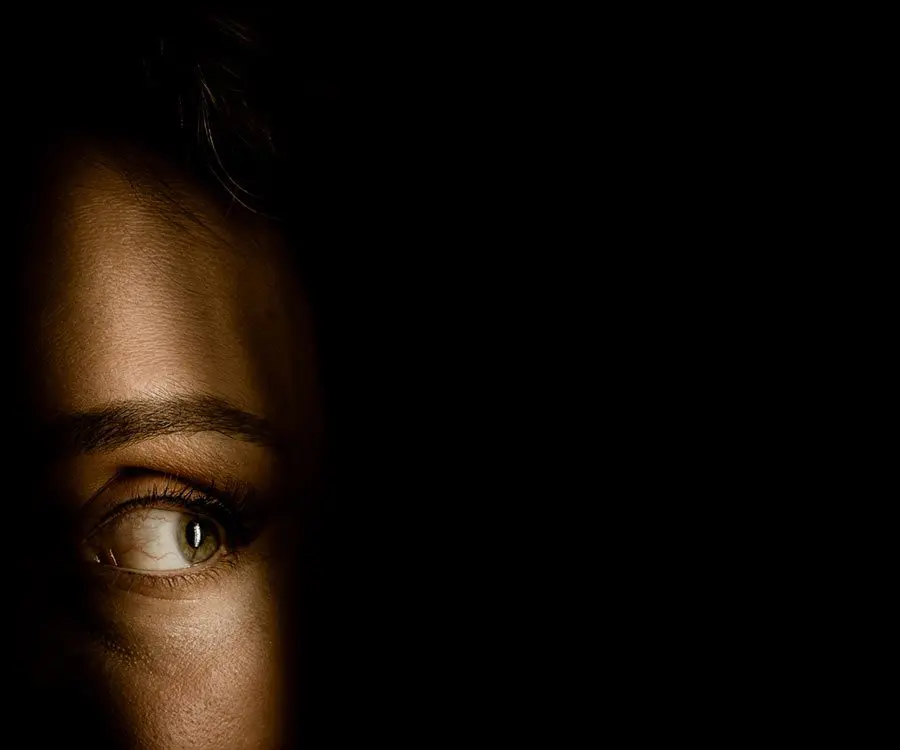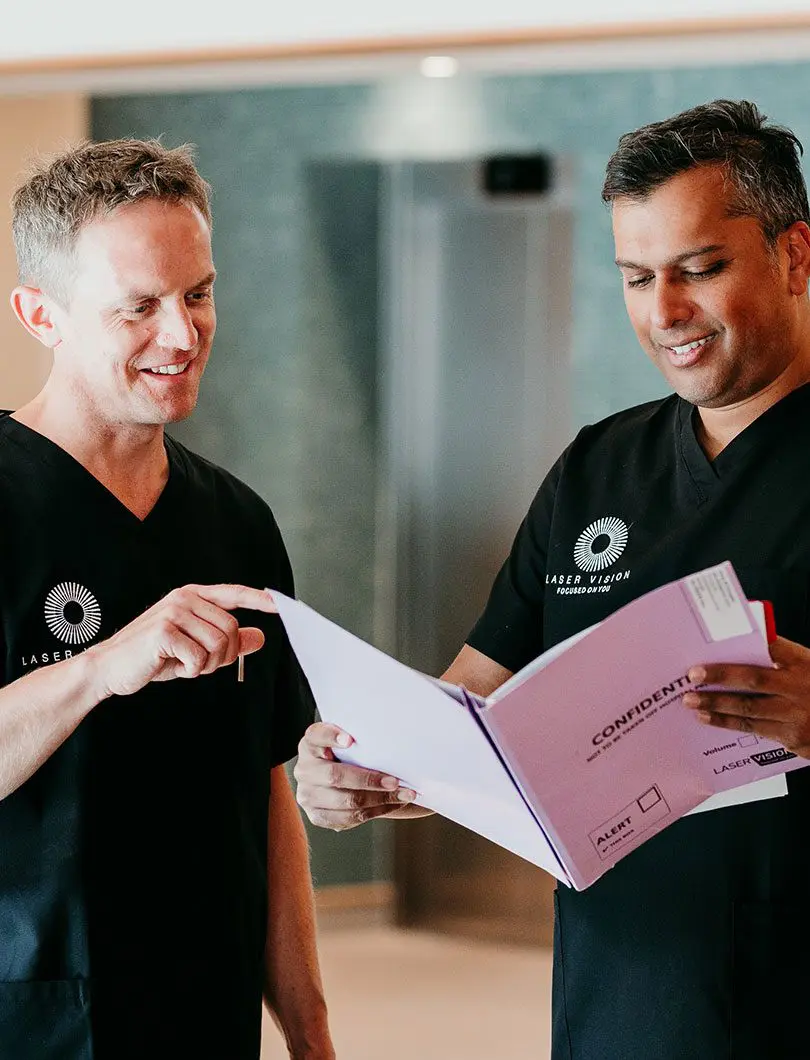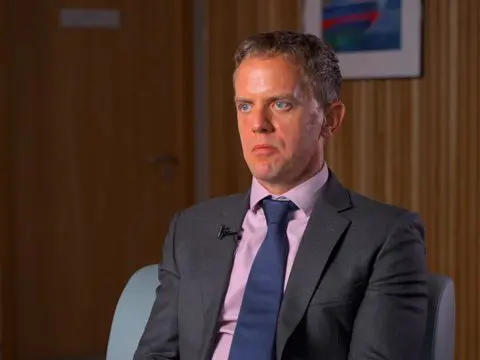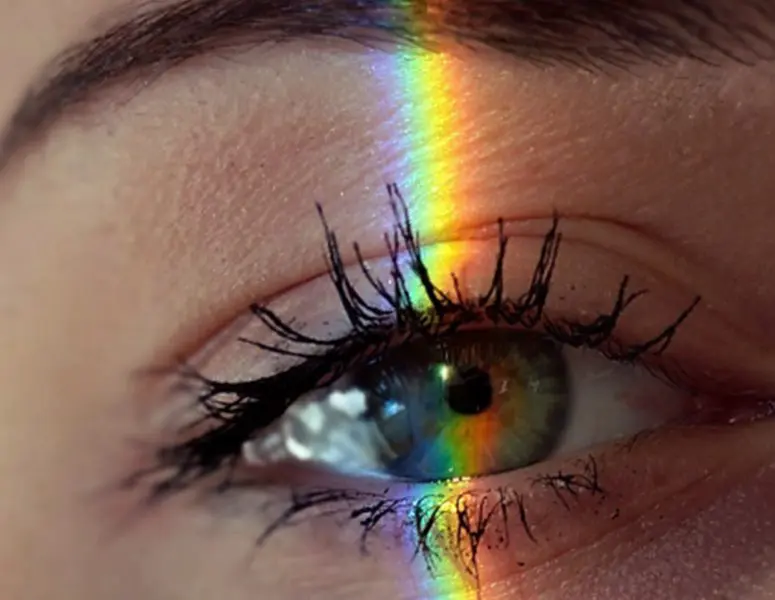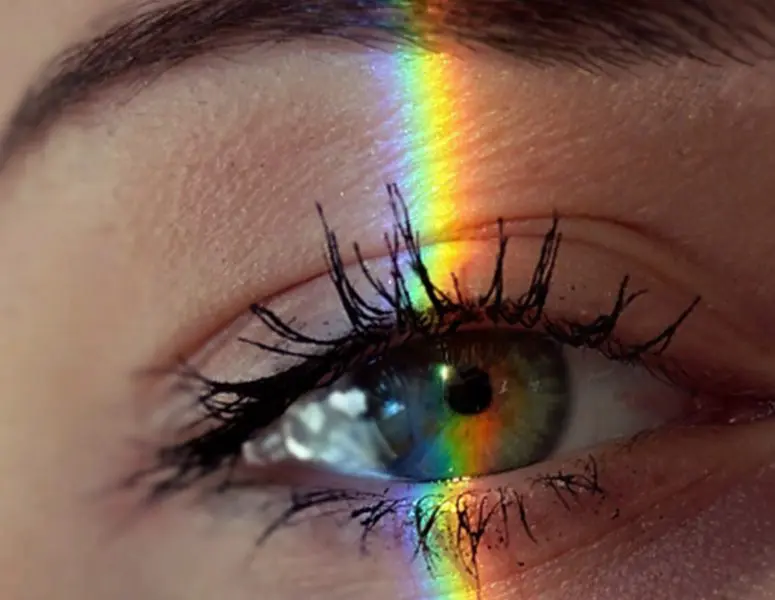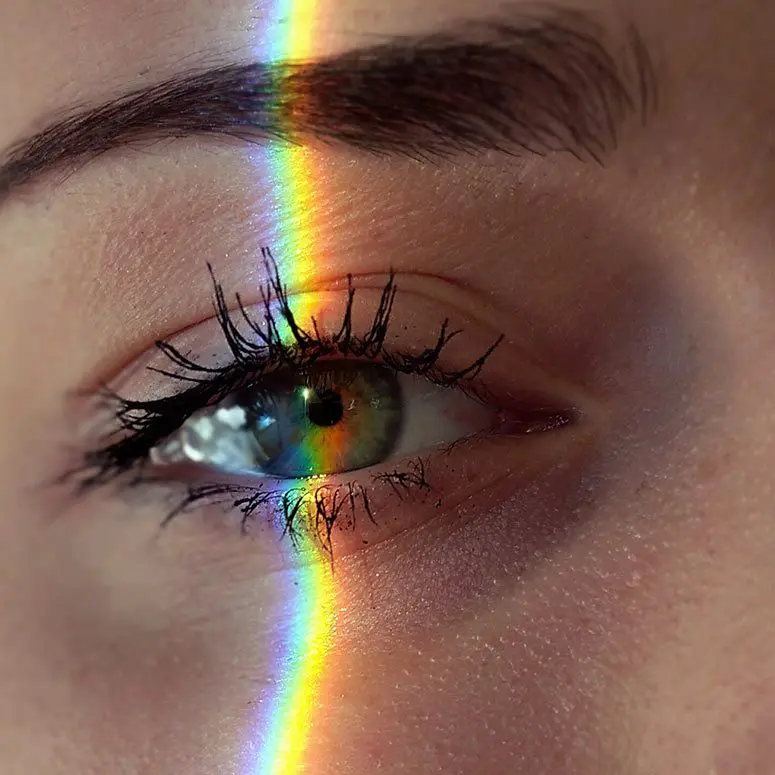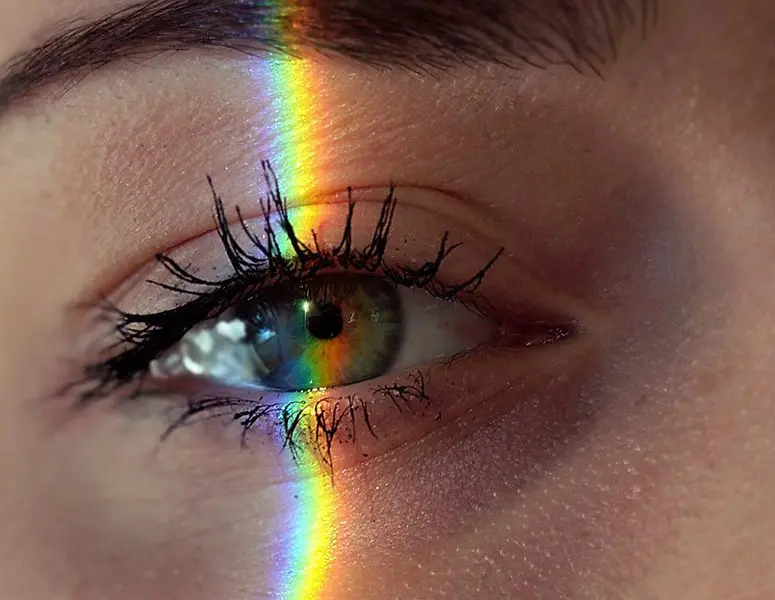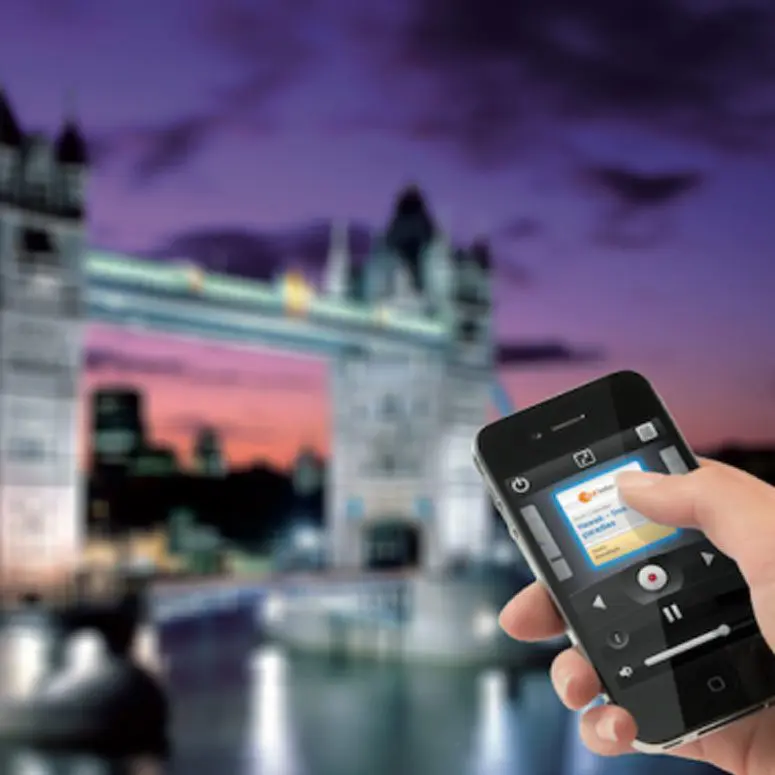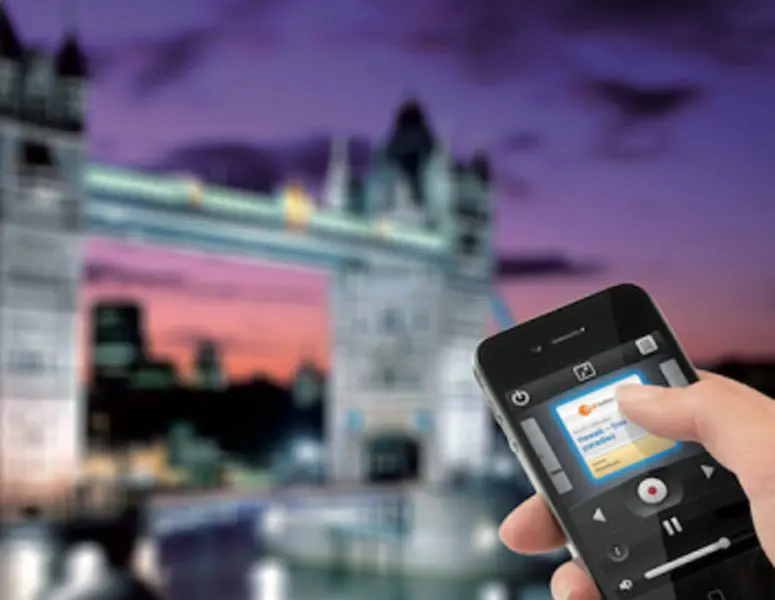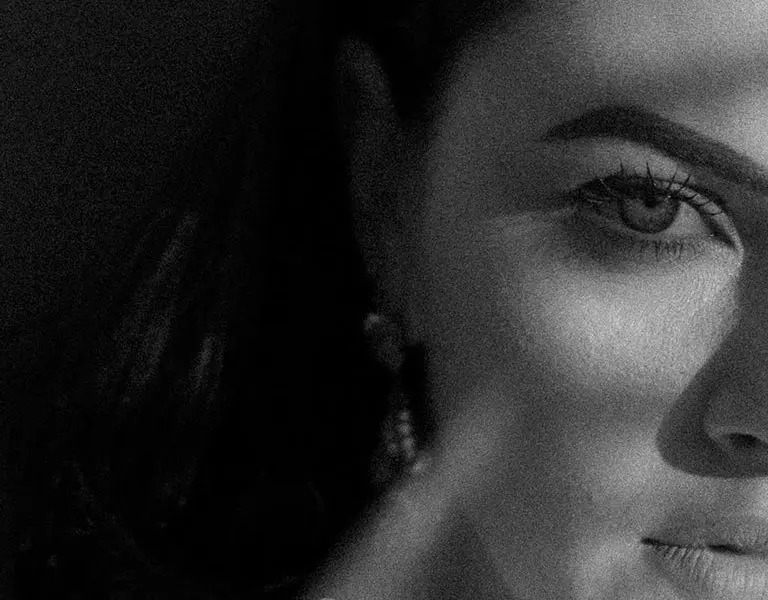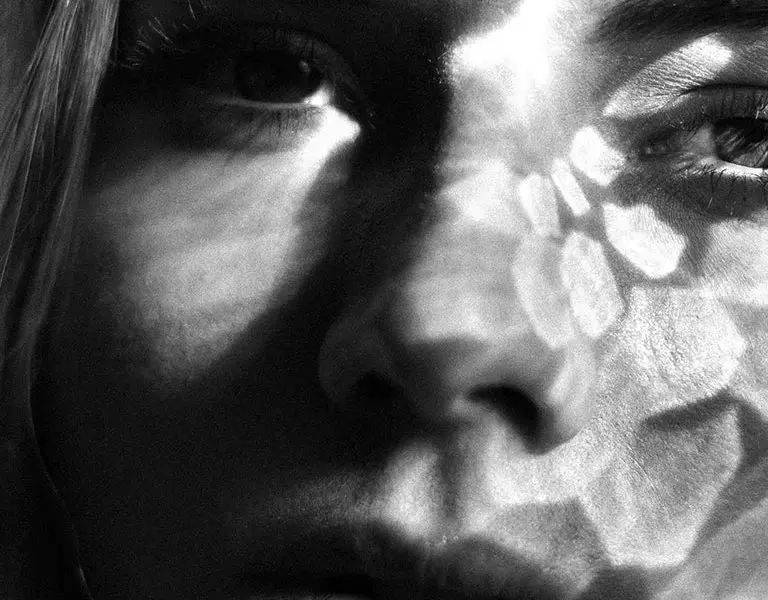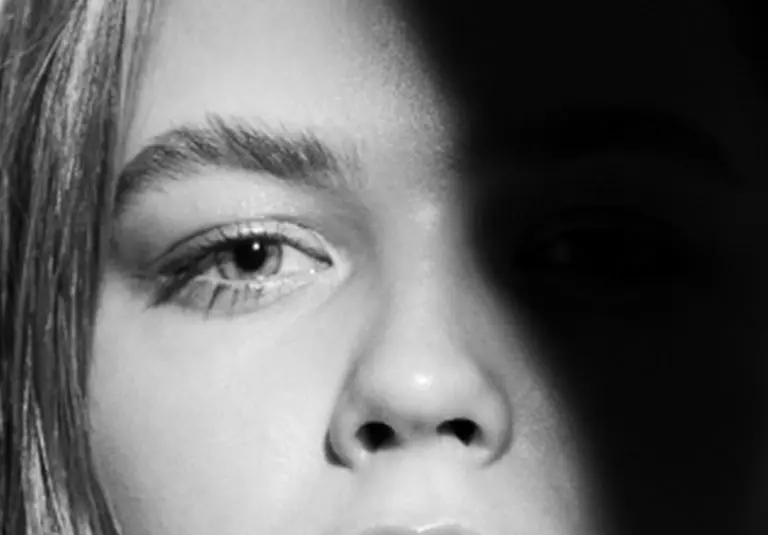- Laser Eye Surgery

SMILE / CLEAR

- Treatment

- Laser Eye Surgery
SMILE / CLEAR
CLEAR is the refined version of a contemporary refractive surgery known as SMILE. CLEAR (Cornea Lenticule Extraction for Advanced Refractive Correction) is performed using our low-energy Ziemer Z-8 laser.
All forms of refractive error can be treated including myopia (short-sightedness), hyperopia (long-sightedness) and astigmatism (when the eye is shaped like a rugby ball instead of a football).
What is CLEAR Eye Surgery?
CLEAR eye surgery is a form of laser eye treatment that combines the established methods of modern refractive surgery with additional theoretical benefits.
Clear vs Lasik
Much like LASIK, CLEAR reshapes the profile of the cornea to correct your vision. To improve your vision using a laser, the surgeon needs to make the correction in the middle, or stromal layer, of your cornea.
During LASIK, the top layer of the cornea is removed or peeled back in order for the laser to access and reshape the stroma.
With the CLEAR procedure, the top layers of the cornea stay intact. A laser generates two thin bubble layers within the stromal layer of the cornea, creating a disc-shaped piece of corneal tissue called the lenticule.
The surgeon gently removes the lenticule through a small incision. Removal of the lenticule permanently changes the shape of your cornea, resulting in better vision. This keyhole treatment is minimally invasive and unlike LASIK, does not require the creation of a flap.
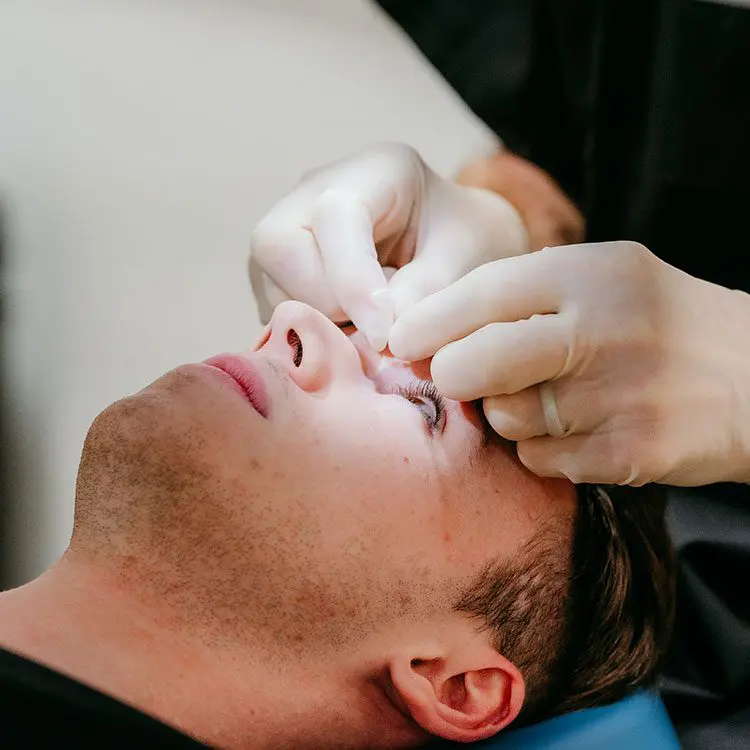
CLEAR Vs SMILE Eye Surgery
CLEAR is a more refined form of its predecessor SMILE; allowing the consultant to more precisely adjust for centration and rotation during treatment. The result is CLEAR has a lower inflammatory response and quicker visual recovery than SMILE.
CLEAR Vs SMILE Eye Surgery
CLEAR is a more refined form of its predecessor SMILE; allowing the consultant to more precisely adjust for centration and rotation during treatment. The result is CLEAR has a lower inflammatory response and quicker visual recovery than SMILE.

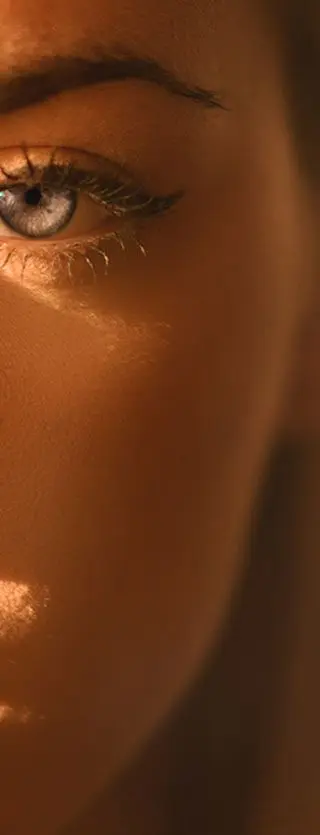
How is CLEAR surgery performed?
- 1.Local anaesthetic eye drops are applied to both eyes
- 2.The Ziemier Z-8 laser directs a series of pulses at the cornea
- 3.These pulses form bubbles which outline a small clear lens (lenticule)
- 4. The laser then produces a small tunnel in the cornea from which the lenticule can be removed
- 5.There is no flap and no requirement for stitches as the small tunnel is millimetres wide and self healing
